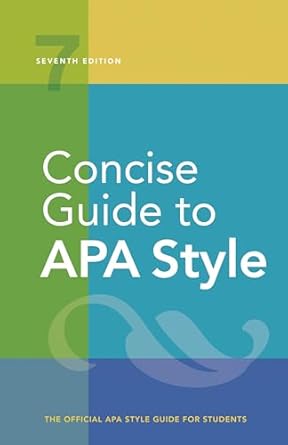[toc]
abbreviations guide writing tips for clarity
Concise Guide to APA Style: 7th Edition (OFFICIAL)
Page 140 Review
DOCTYPE html>
Decoding Abbreviations: A Guide to Clarity in Writing
This excerpt from an academic writing guide focuses on the proper use of abbreviations, particularly Latin abbreviations and chemical compound abbreviations.
It emphasizes clarity and precision in scholarly work.
Latin Abbreviations: Usage and Punctuation
The text clearly delineates when and how to use Latin abbreviations.
It states, “Use the following standard Latin abbreviations only in parenthetical material; in the narrative, use the translation of the Latin term.
In both cases, punctuate as if the abbreviation were spelled out.” This simple rule ensures that while academic writing can benefit from the conciseness of Latin abbreviations, clarity for all readers remains paramount.
The provided table helpfully lists common Latin abbreviations and their English translations:
- cf. | compare
- e.g. | for example
- etc. | and so forth
- i.e. | that is
- viz. | namely
- vs. | versus or against
Exceptions are noted for specific instances. “Use the abbreviation ‘v.’ (for ‘versus’) in the title or name of a court case in the reference list and in all in-text citations (see Section 10.15).
Use the Latin abbreviation ‘et al.’ (which means ‘and others’) in both narrative and parenthetical citations (see Section 8.17).” This demonstrates a nuanced understanding of when adhering to stricter conventions is necessary.
Chemical Compound Abbreviations: Clarity Over Complexity
The guide also tackles the use of abbreviations for chemical compounds.
It promotes clarity by recommending the use of common names over chemical formulas, stating, “If you prefer to use the common name, provide the chemical name in parentheses on first mention.
Avoid expressing compounds with chemical formulas because these are usually less informative to readers and have a high likelihood of being typed or typeset incorrectly (e.g., ‘aspirin’ or ‘salicylic acid,’ not ‘C₉H₈O₄’).” This emphasis on readability is a recurring theme.
Greek letters in compound names are addressed directly: “If names of compounds include Greek letters, retain the letters as symbols and do not write them out (e.g., ‘β carotene,’ not ‘beta carotene’).” This rule ensures consistency and prevents potential errors in transcription.
General Principles: Dictionary Terms and Concentrations
The passage also highlights the importance of consulting dictionaries for established abbreviations. “If the abbreviation is listed as a term in a dictionary (see Section 5.13; e.g., ‘NADP’ for ‘nicotinamide adenine dinucleotide phosphate’), you do not need to write it out in full on first use.” This promotes efficiency while ensuring that only universally understood abbreviations are used without explanation.
For concentrations, the text emphasizes specificity: “If you express a solution as a percentage concentration instead of as a molar concentration, specify the percentage as a weight-per-volume ratio (wt/vol), a volume ratio (vol/vol), or a weight ratio (wt/wt) of solute to solvent.” This level of detail is crucial for replicability and accuracy in scientific writing.
The Importance of Precision
Overall, this excerpt provides practical advice on using abbreviations effectively in academic writing.
It prioritizes clarity, consistency, and accuracy.
By following these guidelines, writers can ensure their work is easily understood and professionally presented.
The key takeaway is that while abbreviations can save space and time, they should never compromise the reader’s understanding of the material.
The excerpt consistently points toward choosing the most readily understood format.
From chemical names to Latin abbreviations, clarity of writing reigns supreme.
Buy full ebook for only $18: https://www.lulu.com/shop/american-psychological-association/concise-guide-to-apa-style-7th-edition-official/ebook/product-rmzpq54.html?page=1&pageSize=4


Leave a Reply